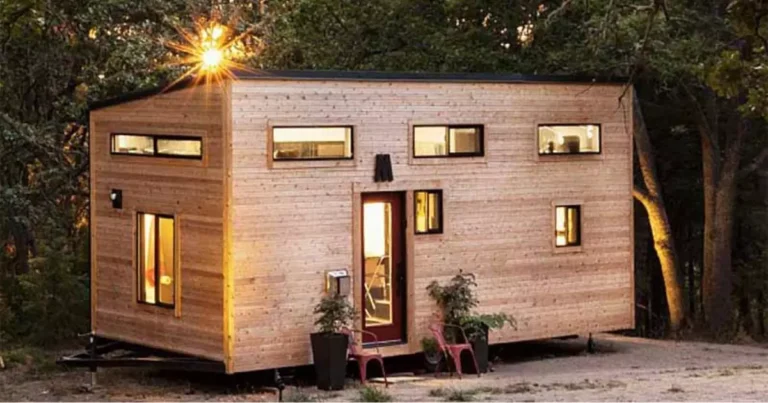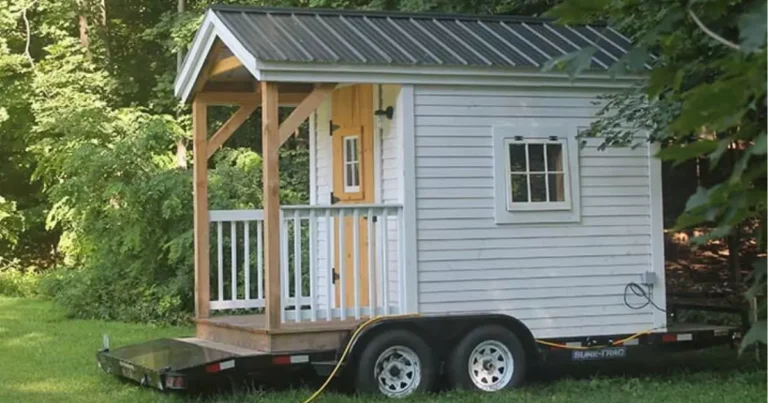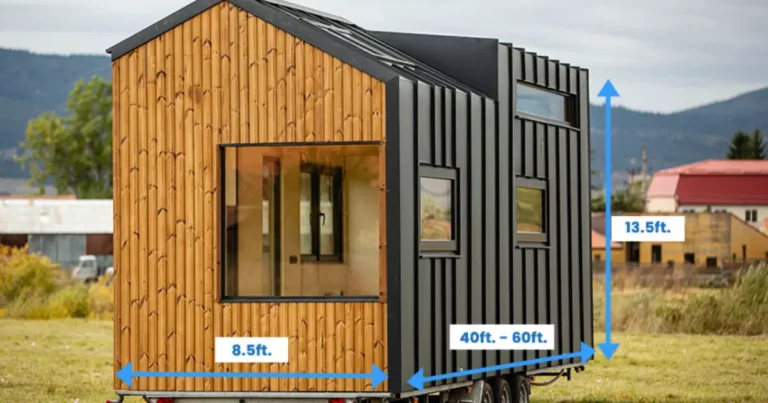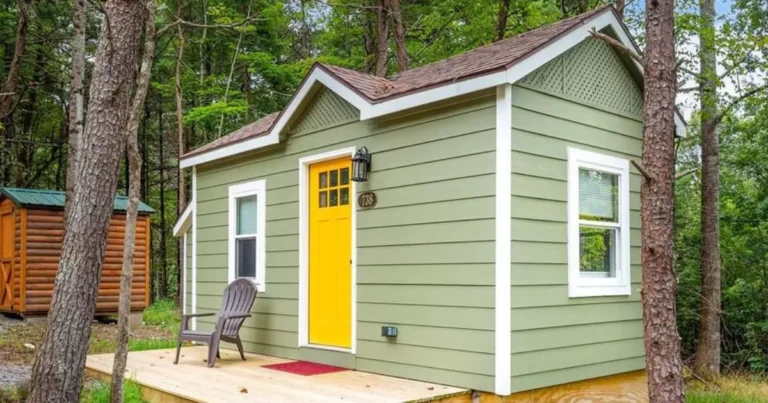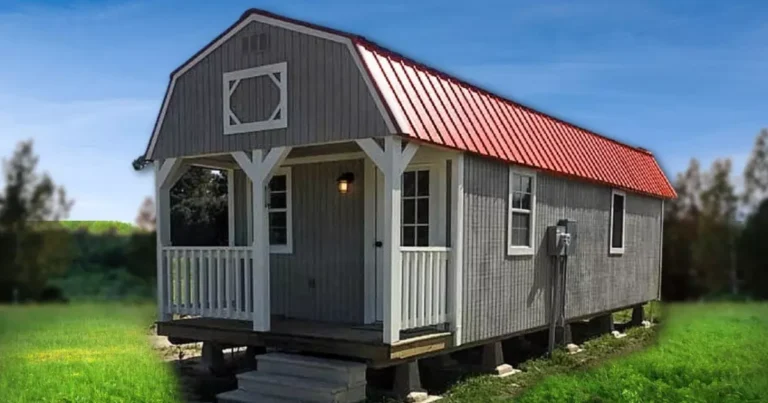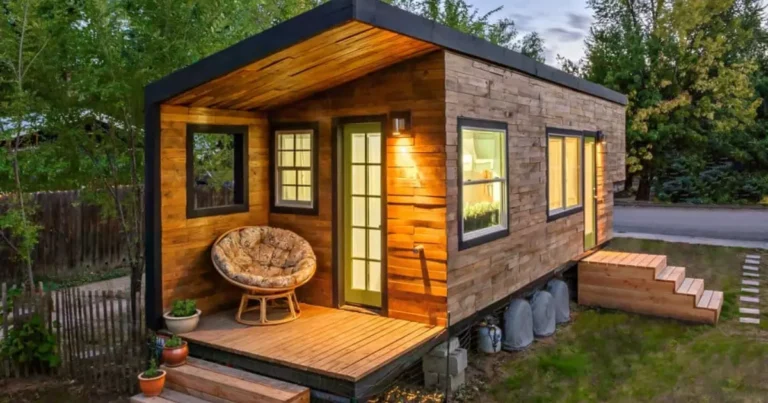How Big is a Tiny House? Exploring the Compact Living
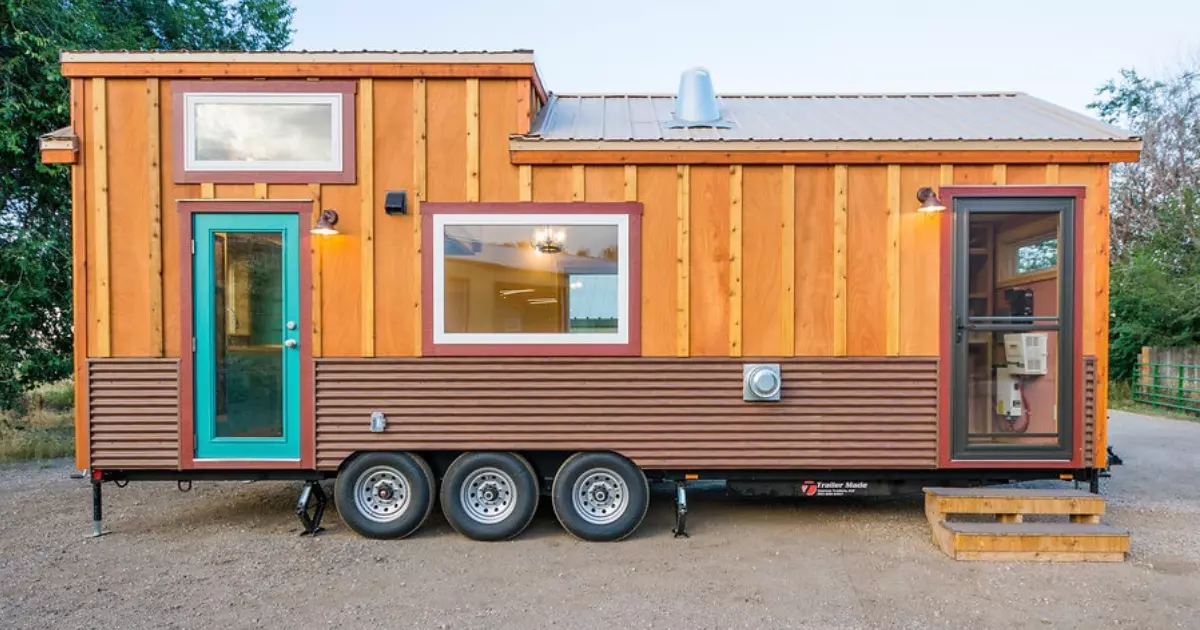
A tiny house typically measures between 100 to 400 square feet, offering a compact yet functional living space that promotes minimalism and sustainability. If you’re considering the tiny house lifestyle, be prepared for a creative approach to space utilization and a shift towards intentional living.
Tiny houses have become a hot topic in the world of housing and architecture. These petite dwellings have gained a substantial following for their minimalist lifestyle, affordability, and environmental friendliness. But exactly how big is a tiny house? In this article, we will delve into the dimensions, benefits, challenges, and unique charm that these small living spaces offer.
As the cost of living rises and environmental concerns grow, the tiny house movement has gained traction as a practical and sustainable housing solution. But before we explore its allure, let’s address the fundamental question: how big is a tiny house?
Defining the Dimensions
There’s no universal size that classifies a house as “tiny,” but typically, a tiny house measures between 100 to 400 square feet. This compact size encourages creativity and resourcefulness in designing and organizing the space.
The Rise of the Tiny House Movement
The tiny house movement emerged as a response to consumerism and the desire for a simpler, more intentional lifestyle. It challenges conventional notions of homeownership and prioritizes experiences over possessions.
Benefits of Living Small
Living in a tiny house comes with numerous benefits. It promotes efficient resource use, reduces environmental impact, and encourages mindful consumption. Additionally, it offers financial freedom by significantly lowering expenses.
Design Innovations in Tiny Living
Designing a tiny house requires strategic planning to maximize space and functionality. Architects and homeowners alike have embraced innovative solutions such as multifunctional furniture, lofted sleeping areas, and foldable features.
Challenges to Consider
While the tiny house lifestyle is appealing, it’s essential to acknowledge its challenges. Limited space can lead to storage issues, and zoning regulations and finding suitable land can also pose obstacles.
Is Tiny Living Right for You?
Tiny living isn’t for everyone. It requires a mindset shift and a willingness to downsize belongings. Assessing your priorities and comfort level is crucial before embarking on this lifestyle.
Tiny House Communities: Fostering a Sense of Belonging
Tiny house communities have sprouted, offering a sense of belonging and shared values. These communities provide social support and a platform for exchanging ideas and resources.
Maximizing Space: Creative Storage Solutions
Storage is a common concern in tiny houses. Innovative storage solutions like hidden compartments, vertical shelving, and under-floor storage help maintain an organized and clutter-free environment.
Eco-Friendly Aspects of Tiny Homes
Tiny houses inherently have a smaller carbon footprint due to their reduced energy consumption and use of sustainable materials. They inspire a conscious approach to living that benefits both occupants and the environment.
Financial Liberation Through Tiny Houses
Housing expenses often comprise a significant portion of one’s budget. Tiny homes offer financial liberation by lowering mortgage or rent costs and decreasing utility bills.
The Psychological Impact of Living Small
Living in a tiny house can have psychological benefits, promoting a sense of coziness and security. It encourages a stronger connection with nature and fosters gratitude for the little things in life.
Tips for Designing Your Tiny Dream Home
Designing a tiny house involves making thoughtful choices. Prioritize essential amenities, utilize natural light, and maintain a cohesive aesthetic to create a functional and inviting space.
The Allure of Mobility: Tiny Houses on Wheels
Some tiny houses are built on wheels, offering mobility and flexibility. These houses allow individuals to explore different locations without sacrificing the comforts of home.
Future of Tiny Living: Trends and Outlook
The future of tiny living looks promising. With advancements in technology and sustainable practices, tiny houses could become more mainstream and offer solutions to urban housing challenges.
FAQs
Are tiny houses legal?
Tiny house legality varies depending on location and zoning regulations. Research your local laws before building.
Can a family live comfortably in a tiny house?
Yes, families can live in tiny houses with careful planning and efficient use of space.
How much does it cost to build a tiny house?
Costs vary widely based on size, materials, and location, but building a tiny house is generally more affordable than a traditional home.
Do tiny houses have plumbing and electricity?
Yes, many tiny houses have plumbing and electricity, offering the same amenities as conventional homes.
What is the average lifespan of a tiny house?
With proper maintenance, a well-built tiny house can last as long as a traditional home.
Conclusion
In the world of housing, big things can indeed come in small packages. The concept of tiny houses challenges traditional norms and encourages a shift towards a more intentional and sustainable way of living.
The world of tiny houses opens doors to a simpler, more intentional lifestyle. Whether you’re captivated by their eco-friendliness, financial benefits, or creative designs, the allure of tiny living is undeniable.
